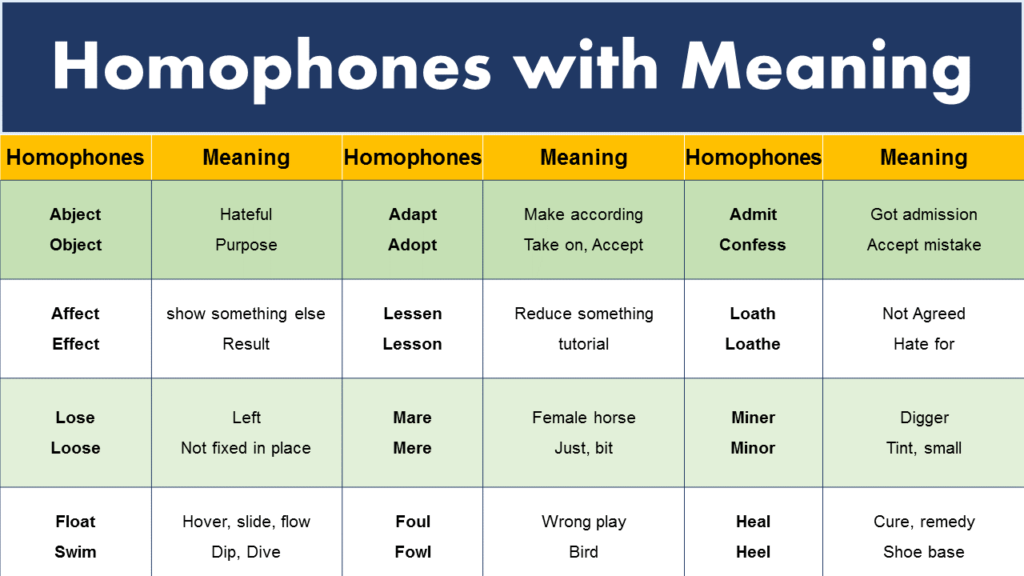When it comes to speaking and learning English, small phrases like “get in the car” and “get into the car” can be a bit confusing. Are they the same? Do they mean different things? In this article, we will explore these two phrases in simple English, helping you understand the subtle difference between them.
Firstly, it’s important to know that both “get in the car” and “get into the car” are phrases used to describe the action of entering a car. They are common in everyday English and are used in similar situations. However, there is a slight difference in their usage, which is more about nuance and context than meaning.
Get In the Car
This phrase is more direct and slightly more informal. It’s often used in everyday conversation and can imply a sense of urgency or efficiency. For example, if someone is in a hurry, they might say, “Get in the car, we’re late!” It’s a concise command.
Get into The Car
This phrase is slightly more formal and detailed. It implies the action of entering the car more explicitly. It can be used in contexts where clarity is important, or when the action of entering the car is more deliberate. For instance, a driving instructor might say, “Now, get into the car and adjust your seat and mirrors before starting the engine.”
Comparing “Get in The Car” And “Get into The Car”
| Aspect | Get in the car | Get into the car |
| Connotation | More casual, informal. | Slightly more formal. |
| Usage | Often used in quick, informal settings. | Used in slightly more formal or detailed instructions. |
| Implication | Implies a quick or immediate action. | Suggests a more deliberate action. |
| Frequency | Common in everyday speech. | Less common but still used regularly. |
| Tone | Can be perceived as more direct or commanding. | May be perceived as more polite or considerate. |
| Context | Used more in casual conversations, e.g., among friends. | Might be used in scenarios requiring clarity, like during driving lessons. |
| Variants | Similar to “Hop in the car,” “Jump in the car.” | Similar to “Please get into the car,” “Could you get into the car?” |
In summary, while both phrases essentially instruct someone to enter a car, “get in the car” is more commonly used in casual, quick scenarios, and “get into the car” can imply a more deliberate, detailed action.
Common Mistakes and Misunderstandings
When learning English, especially as a second language, it’s easy to get confused between similar phrases like “Get in the car” and “Get into the car.” Let’s explore some common mistakes and misunderstandings related to these phrases, and how to avoid them.
Misinterpreting the Prepositions
- Mixing up ‘in’ and ‘into’: A frequent error is using ‘in’ when movement is involved, and ‘into’ when referring to a static position. Remember, ‘in’ implies a static position, while ‘into’ suggests movement.
-
- Incorrect: “He got in the car and drove away.” (Here, ‘into’ is more appropriate as it indicates the action of entering.)
- Correct: “He got into the car and drove away.”
Overgeneralizing the Usage
- Using them interchangeably: While sometimes these phrases can be used interchangeably without changing the meaning significantly, there are situations where one is more appropriate than the other.
-
- Example: In emergency situations, “Get into the car!” can imply urgency and the act of moving quickly, whereas “Get in the car” might sound too casual.
Ignoring Contextual Cues
- Not considering the context: The context in which the phrase is used can greatly influence its appropriateness.
-
- Example: If you’re helping a child or an elderly person into the car, saying “Let’s get into the car” might be more appropriate, as it implies a more careful or assisted action.
Misunderstanding the Subtleties
- Overlooking the subtleties in meaning: Not recognizing the subtle differences can lead to awkward or unclear communication.
-
- Example: Saying “Get in the car” in a formal setting might come off as too abrupt or casual.
Literal Translations from Other Languages
- Direct translation from native language: Sometimes, learners directly translate phrases from their native language, which can lead to incorrect usage.
-
- Example: In some languages, there might not be a direct equivalent of ‘in’ and ‘into’, leading to confusion when translating.
Assuming Uniform Usage Across All English Variants
- Not considering regional differences: Different English-speaking regions might have a preference for one phrase over the other.
-
- Example: British English might slightly differ in preference compared to American English in using these phrases.
Conclusion
In conclusion, while “get in the car” and “get into the car” may seem similar, they have slight differences in their use. “Get in the car” is often used for quick, direct commands, while “get into the car” focuses more on the action of entering and is used in more detailed or relaxed contexts. Understanding these subtle differences can help you improve your English and communicate more effectively.
Must Try:



